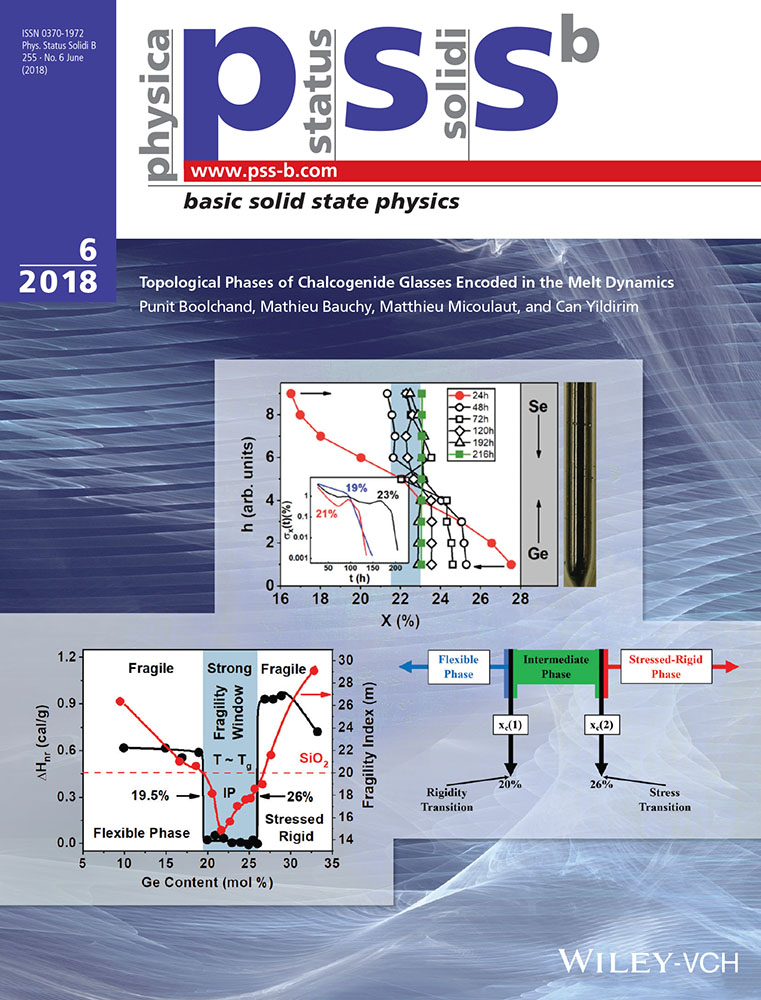The Effect of Strain and Grain Size on Phonon and Electron Confinements in TiO2 Thin Films
Abstract
Titanium dioxide (TiO2) powder in anatase phase is thermally evaporated by physical vapor deposition (PVD) on glass substrates. Different-thickness TiO2 thin films are deposited on glass slides. The samples are then optically and structurally investigated using optical absorption (ABS) and Raman scattering (RS). Optical absorption spectroscopy shows that Urbach energy (EU) related to the width of the long-wavelength tail decreased from 212 to 176 meV as the film thickness increased from 143 to 221 nm, respectively. The grain size, which depends on thickness of the film, a00nd the grain size distribution are evaluated by fitting the absorption coefficient α experimental data to a model of α as a function of energy E. Absorption edge energy (ER) is also calculated, it decreases by 165 meV as the film thickness increases from 143 to 221 nm. The energies of band gap transitions are also determined from the observed data of absorption. There are two types of transitions, i.e., direct and indirect transitions, in the TiO2 compound. The phonon confinement model is used to interpret the size effect in Raman scattering. Relative to the Raman active Eg mode of bulk TiO2 crystal, a size-dependent blue shift is noticed in the Raman bands for the first and second Eg modes ( : ≈144 cm−1 and
: ≈144 cm−1 and  : 197 cm−1, respectively). In this study, the results of Raman scattering and optical absorption are combined together in order to investigate the grain size effect, structural disorder, and thickness-dependent strain. In ABS spectroscopy, it is noticed that (at certain wavelength) the intensity of the transmitted light for the thinner sample is higher than that for the thicker one, which is compatible with the relation I = I0e−αt, where α is the absorption coefficient and t is the thickness.
: 197 cm−1, respectively). In this study, the results of Raman scattering and optical absorption are combined together in order to investigate the grain size effect, structural disorder, and thickness-dependent strain. In ABS spectroscopy, it is noticed that (at certain wavelength) the intensity of the transmitted light for the thinner sample is higher than that for the thicker one, which is compatible with the relation I = I0e−αt, where α is the absorption coefficient and t is the thickness.
Conflict of Interest
The authors declare no conflict of interest.




